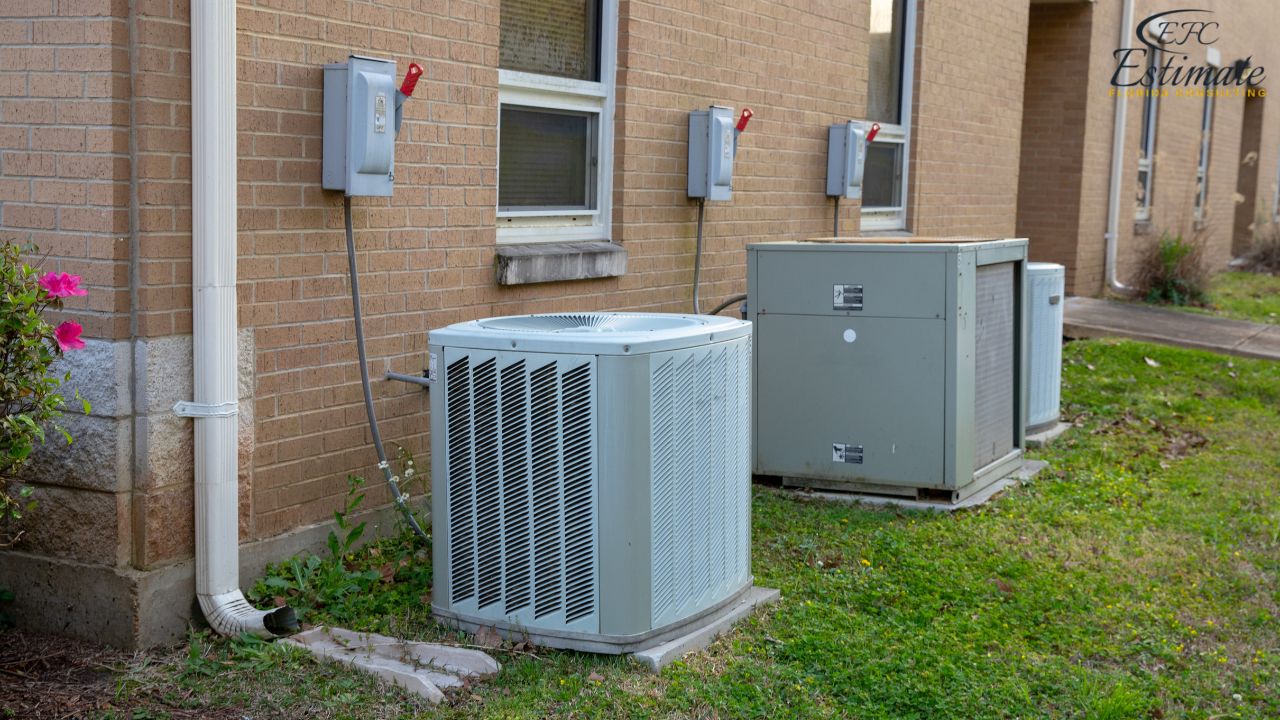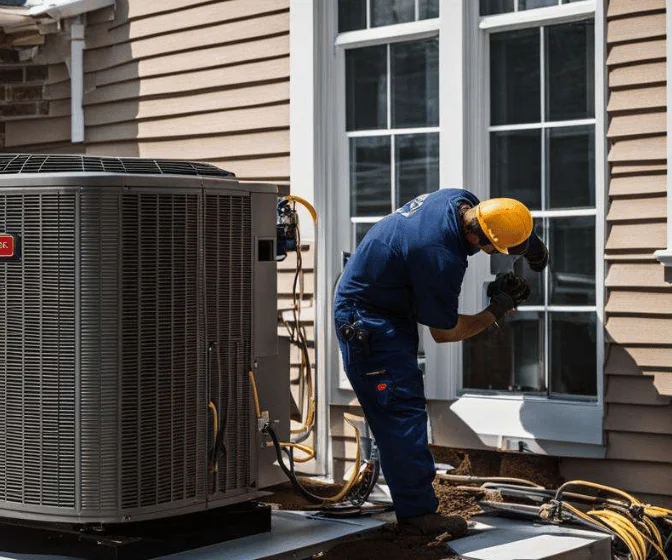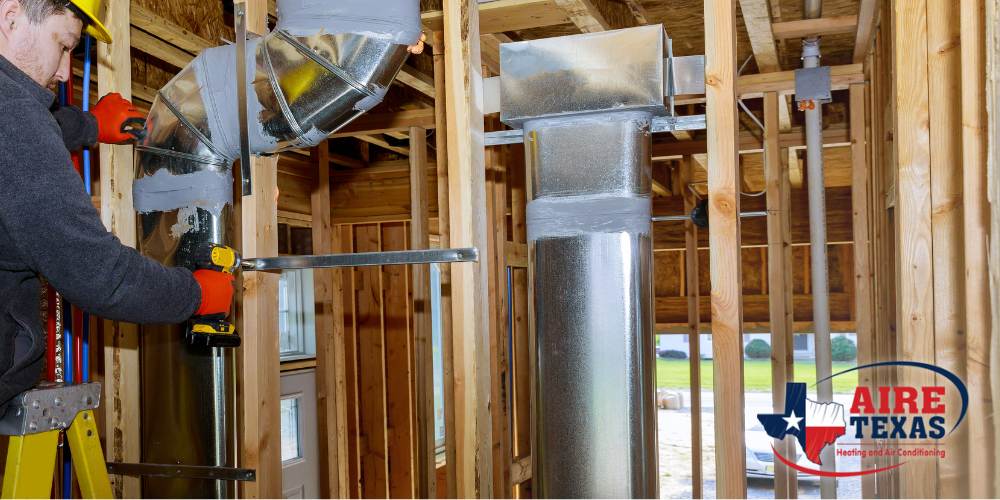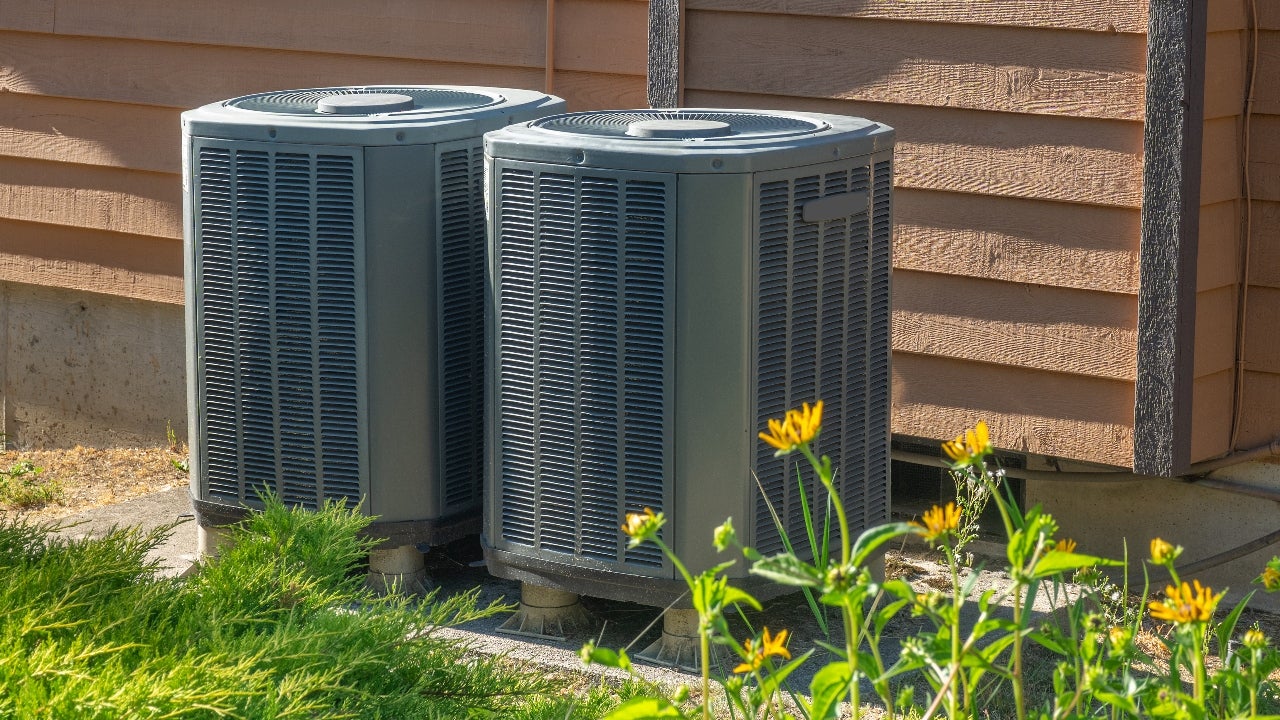How Much To Install Central Air And Heat

Understanding the Costs of Installing Central Air and Heat
Installing a central air conditioning and heating system is a significant investment for any homeowner or property manager. Understanding the factors that influence the overall cost is crucial for budgeting and making informed decisions. This article breaks down the various components contributing to the final price tag, covering everything from the equipment itself to installation labor and potential long-term operating expenses.
Key Cost Components
The total cost of installing central air and heat can be broadly divided into these categories:
- Equipment Costs: This includes the prices of the air conditioner (condenser and evaporator coil), the furnace (or heat pump as an alternative), and any necessary accessories like ductwork connectors or refrigerant lines.
- Installation Labor: This covers the cost of hiring qualified HVAC technicians to install the system, including connecting the equipment, running refrigerant lines, wiring electrical connections, and testing the system.
- Ductwork (if required): If your home doesn't already have ductwork, or if the existing ductwork needs significant repairs or modifications, this can add substantially to the overall cost.
- Permits and Inspections: Local building codes often require permits for HVAC installations, and inspections to ensure the system meets safety standards.
- Optional Upgrades: Consider smart thermostats, zoning systems, or air purifiers. These add to the upfront cost but can improve efficiency and comfort.
Breaking Down Equipment Costs
The price of the HVAC equipment is primarily determined by its capacity, efficiency, and brand. Let's examine these factors.
Air Conditioner Costs
Air conditioner capacity is measured in BTUs (British Thermal Units), indicating the amount of heat the unit can remove from a space per hour. Home air conditioners generally range from 1.5 tons (18,000 BTU) to 5 tons (60,000 BTU). A larger home requires a higher capacity unit. Efficiency is rated using SEER (Seasonal Energy Efficiency Ratio). The higher the SEER rating, the more efficient the unit, leading to lower energy bills. Expect to pay more upfront for higher SEER ratings. Common SEER ratings range from 13 to 21 or higher.
Example: A 3-ton, 14 SEER air conditioner might cost between $2,500 and $4,000 for the equipment alone, while a 3-ton, 20 SEER unit could cost $4,000 to $6,000. This does not include installation costs.
Furnace Costs
Furnaces are rated by their AFUE (Annual Fuel Utilization Efficiency), which indicates how efficiently they convert fuel (natural gas, propane, or oil) into heat. Modern furnaces typically have AFUE ratings ranging from 80% to 98%. Like SEER for air conditioners, higher AFUE ratings translate to greater energy savings but also a higher initial cost.
Furnaces are also sized by BTU output. The appropriate size depends on the square footage of your home and climate. As a point of reference, a gas furnace of 80,000 BTU with 80% AFUE would be suitable for a 1,500-2,000 square foot home in a moderately cold climate. Expect furnace equipment costs to range from $2,000 to $5,000 depending on size and efficiency.
Heat Pump Costs
A heat pump is an alternative to a furnace that can provide both heating and cooling. Heat pumps offer good efficiency in moderate climates, but their heating performance can decline in extremely cold temperatures. Heat pumps are rated using both SEER (for cooling) and HSPF (Heating Season Performance Factor) (for heating). Heat pump equipment costs typically range from $3,000 to $7,000, depending on size and efficiency ratings.
Installation Costs: Labor and Materials
Installation costs can vary significantly depending on the complexity of the job, the location of the equipment, and the local labor rates. Factors affecting installation costs include:
- Accessibility: Is the existing ductwork easily accessible, or will the technicians need to work in tight spaces?
- Distance: How far is the outdoor unit from the indoor unit? Longer distances require more refrigerant line and labor.
- Electrical Work: Does the existing electrical panel need to be upgraded to accommodate the new equipment?
- Permits: The cost of permits varies by location, but expect to pay a few hundred dollars for the necessary permits and inspections.
As a general rule, expect to pay between $2,000 and $5,000 for labor costs, depending on the complexity of the installation.
Ductwork: A Significant Cost Factor
If your home doesn't have existing ductwork, installing it can substantially increase the overall cost of a central air and heat system. Ductwork costs depend on the size of your home, the complexity of the design, and the materials used.
Expect to pay between $2,000 and $8,000 or more for new ductwork installation, depending on the size and complexity of the project. It is essential to have a qualified HVAC technician properly size and design the ductwork to ensure optimal airflow and efficiency.
Geographic Location and Regional Price Variations
HVAC installation costs vary considerably across different geographic regions. Areas with a high cost of living typically have higher labor rates. Climate also plays a role. In regions with extreme temperatures, HVAC systems are often larger and more complex, leading to higher installation costs. Expect prices in metropolitan areas like New York or San Francisco to be higher than in smaller towns or rural areas.
Also, regulations may impact pricing. Some areas have stricter energy efficiency requirements, which can drive up equipment costs.
Tips for Reducing Installation Costs
While installing central air and heat is a substantial investment, there are several ways to potentially reduce costs:
- Get Multiple Quotes: Obtain quotes from at least three different HVAC contractors to compare prices and services.
- Consider Off-Season Installation: HVAC contractors may offer lower prices during the off-season (spring or fall) when demand is lower.
- Take Advantage of Rebates and Incentives: Check with your local utility company and government agencies for rebates and tax credits for energy-efficient HVAC equipment. The ENERGY STAR website is a great resource.
- Maintain Your Existing System: Regular maintenance can extend the life of your existing system, delaying the need for a replacement.
- Finance Wisely: If financing is necessary, shop around for the best interest rates and terms.
Long-Term Operating Costs
Remember to consider the long-term operating costs of your HVAC system. While a higher-efficiency unit may have a higher initial cost, it can save you money on energy bills over its lifespan. Calculate the payback period for higher-efficiency models by comparing the upfront cost difference to the estimated annual energy savings.
For example, a homeowner who upgrades from a 13 SEER air conditioner to a 17 SEER model may see a reduction in their cooling energy consumption of 20-30%. Over the 15-20 year lifespan of the system, these savings can add up to thousands of dollars.
Regular maintenance, such as changing air filters and scheduling annual inspections, can also help to keep your system running efficiently and prevent costly repairs.
Conclusion
Installing central air and heat is a complex project with multiple cost components. By understanding these factors and taking the time to research your options, you can make informed decisions that will save you money in the long run. It is best to hire a qualified and licensed HVAC contractor to properly size, install, and maintain your system. Consider your budget, energy efficiency needs, and comfort preferences when selecting your equipment and choosing a contractor.










